Banking in Singapore
Learn all about the banking industry in Singapore - who the top banks are, and what the best opportunities are.
Singapore (S.G.), officially the Republic of Singapore, is a sovereign island country and city-state located in Southeast Asia. Also known as a “Little Red Dot”, Singapore rose from humble beginnings as a fishing village with few natural resources to a sprawling metropolis.
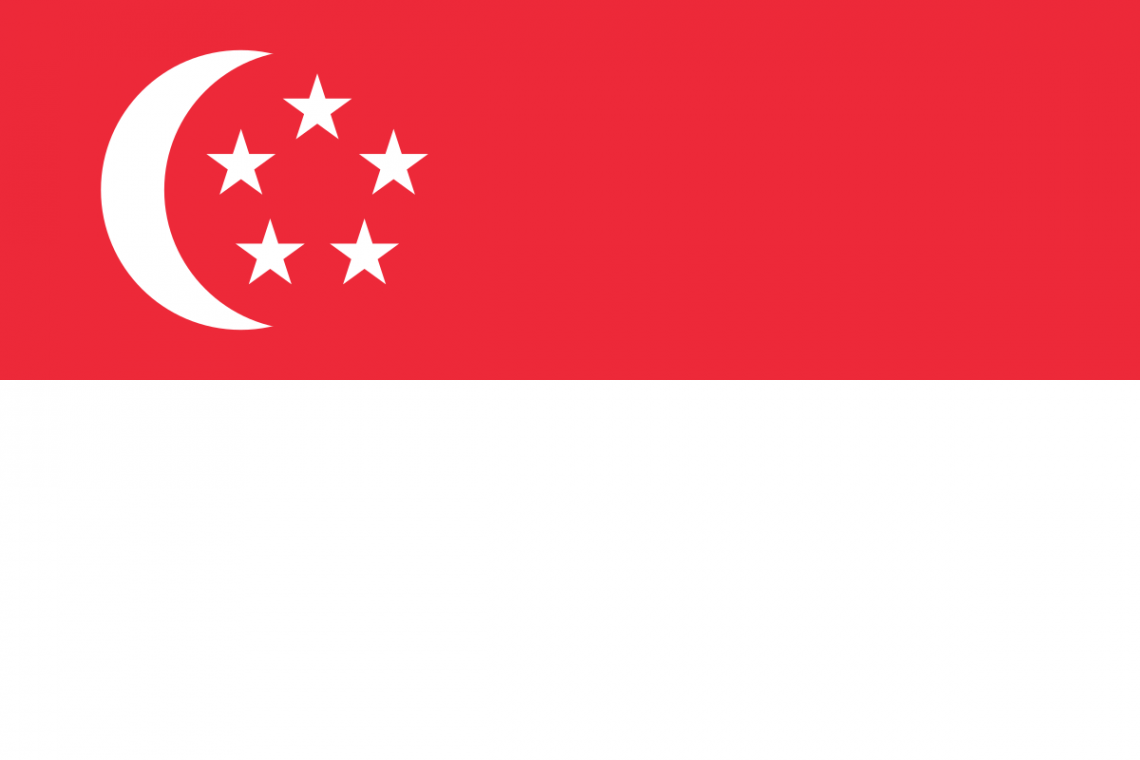
By integrating itself with the free world through free trade and embracing rapid globalization and international trade, S.G. rose rapidly to become one of the Four Asian Tigers and a major financial center in the world, alongside New York, London, etc.
The Singaporean economy is open, strategically located, and business-friendly. It attracts huge foreign investment due to low tax rates (also known as a tax haven), advanced infrastructure, human capital, and a strict non-tolerance for corruption.
It is also some of the most competitive and advanced economies in the world, with some of the highest per-capita GDP in the world (8th); it also boasts the 10th highest foreign reserve pool in the world.
Economic success doesn’t stop there, with S.G. being one of the few countries with a top credit rating of AAA (Aaa from Moody’s) from the big three credit rating firms: Moody's, Standard & Poor's, and Fitch. It is also the only Asian country to achieve this rating.

It is also incredibly developed, ranking 12th globally on the U.N. Human Development Index, with high scores in key social indicators such as education, healthcare, quality of life, personal safety, infrastructure, and housing.
Singaporeans enjoy some of the longest life expectancies, fastest Internet speeds, and lowest infant mortality rates, all of which draw in large amounts of investments and financing.
Having one of the highest percentages of millionaires in the world, it is no surprise that S.G.’s private banking sector is top tier globally. So it caters to increasingly affluent individuals on the island and those worldwide.
Banking in Singapore: Central Bank
With the rise of S.G. and its development into a financial center and trading hub, the banking scene here is also incredibly developed to support the needs of both MNCs and SMEs, along with the massive inflows of Foreign Direct Investments (FDI).
With total assets under banks summing up to almost U.S. $2 trillion, the banking sector is crucial to S.G.’s role in financing local and regional growth in trade and infrastructure and being established as a global private banking center.
To start, the bank with the most importance and significance in S.G. would be the central bank, known as the Monetary Authority of Singapore (MAS).
MAS regulates and supervises over 150 deposit-taking institutions in S.G., including full banks, wholesale banks, merchant banks, and finance companies.
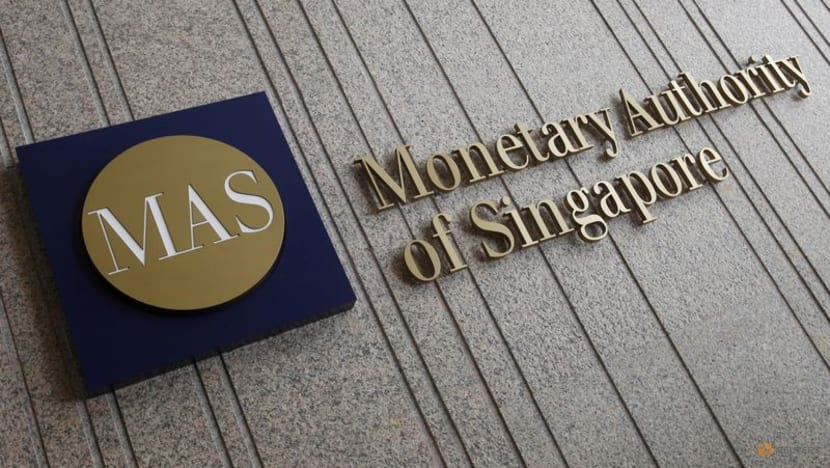
Other than that, just like most central banks, MAS’ chief role is to set and maintain the monetary policy for the city. As the state’s banker, it issues currency and sells government bonds to fund public spending.
The MAS also manages the city’s foreign reserves to keep the S.G. dollar (SGD) fixed within an undisclosed range, which is adjusted depending on financial circumstances.
Unlike central banks such as the United States Federal Reserve, the MAS doesn’t set S.G.’s interest rates; instead, it uses the currency rate as its main monetary policy tool.
Local Banks
To internationalize and compete with foreign banks, the government liberalized the banking sector by enabling greater freedom for foreign banks to operate in S.G. in 2001. However, this facilitated the consolidation of the local banking industry to form larger banking conglomerates.
This resulted in the amalgamation of the firms into the main local banks below:
- Development Bank Of Singapore (DBS)
- Post Office Savings Bank (POSB), a wholly-owned subsidiary
- Overseas-Chinese Banking Corporation (OCBC)
- Bank of Singapore (Private banking subsidiary)
- United Overseas Bank (UOB)
List of former banks:
| English Name | Closed | Outcome |
|---|---|---|
| International Bank of Singapore | 1984 | Became part of Overseas Union Bank, which later came under UOB. |
| Chung Khiaw Bank Limited | 1999 | Became part of UOB |
| Keppel Bank Limited | 1998 | Became part of Keppel TatLee Bank, and eventually OCBC |
| Tat Lee Bank Limited | 1998 | Became part of Keppel TatLee Bank, and eventually OCBC |
| Keppel TatLee Bank Limited | 2001 | Became part of OCBC |
| Industrial and Commercial Bank Singapore Limited | 2002 | Became part of UOB |
| Overseas Union Bank Limited | 2002 | Became part of UOB |
| Bank of Singapore | - |
Merged into OCBC and renamed Singapore Island Bank. *This is not the existing Bank of Singapore which was renamed from ING Asia Private Bank after OCBC acquired the private banking arm. |
| The Islamic Bank of Asia | 2015 | Became part of DBS |
| Far Eastern Bank Limited | 2017 | Became part of UOB |
Such efforts paid off, with the banks mentioned above being a behemoth in Southeast Asia and reputed worldwide. Moreover, many of the Singaporean population are clients of the local banks due to their large suite of services and the accessibility of branches and ATMs.
With ~98% of the S.G. population having bank accounts and Singaporeans on average having more than two accounts at different banks, the scale at which the local banks operate is quite large as well, employing about 30,000 employees locally.
*Below currencies are expressed in USD for context, the latest figures as of the end of 2021.
1. Development Bank Of Singapore (DBS)
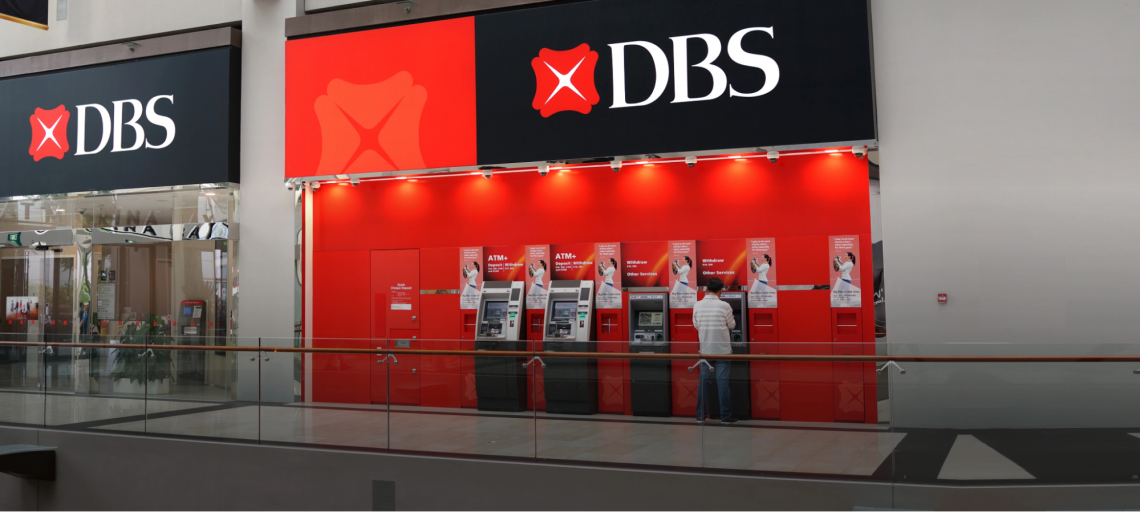
Market Cap: US$106.4B
Total Assets: US$490B
Total Revenue: US$14B
On 16 July 1968, it was established by the government to take over the industrial financing activities from Singapore’s Economic Development Board; the bank's main purpose was to help finance local sectors and to help establish and upgrade existing industries locally.
In 1960, the government invited a United Nations (U.N.) industrial survey mission to assess the nation’s economic situation and develop an industrialization program for the city.
Proposals included setting up a development bank, together with an economic body to attract foreign investments and provide financing, and managing the industrial estates.
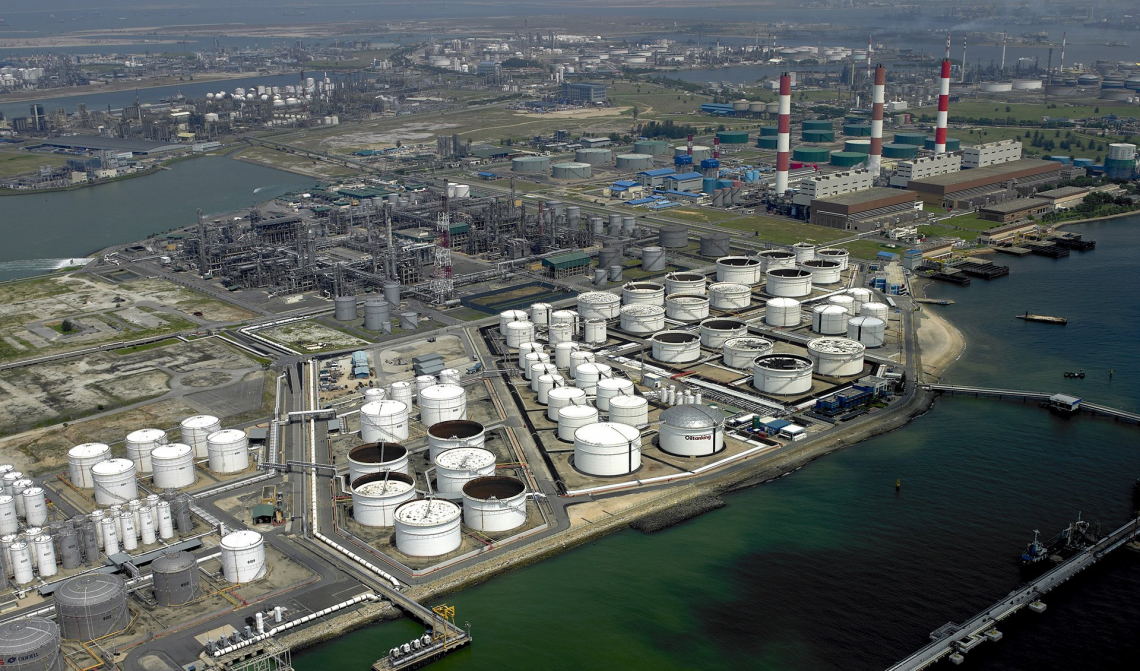
It has grown rapidly to become one of the world's top banks, being the largest bank in Southeast Asia by assets. It operates in 17 different countries, with a regional network of more than 300 branches and over 1,250 ATMs across 50 cities overseas.
With the acquisition of POSB, DBS had access to their Automated Teller Machine (ATM) network within S.G., making it the most extensive amongst local banks with ~700 ATMs.
For the fourth year, DBS Bank has been named the “world's best bank” by Euromoney, a leading industry publication. It also clinched the “world’s best digital bank” accolade, marking the first time the same institution holds the two titles.
With a huge emphasis on digital transformation and the business acumen to execute it, DBS’ huge focus on providing a seamless digital experience paid off and is truly living up to its slogan, “Live more, Bank less”.
It is listed on the Singapore Exchange (SGX) under D05.
2. Overseas-Chinese Banking Corporation (OCBC)
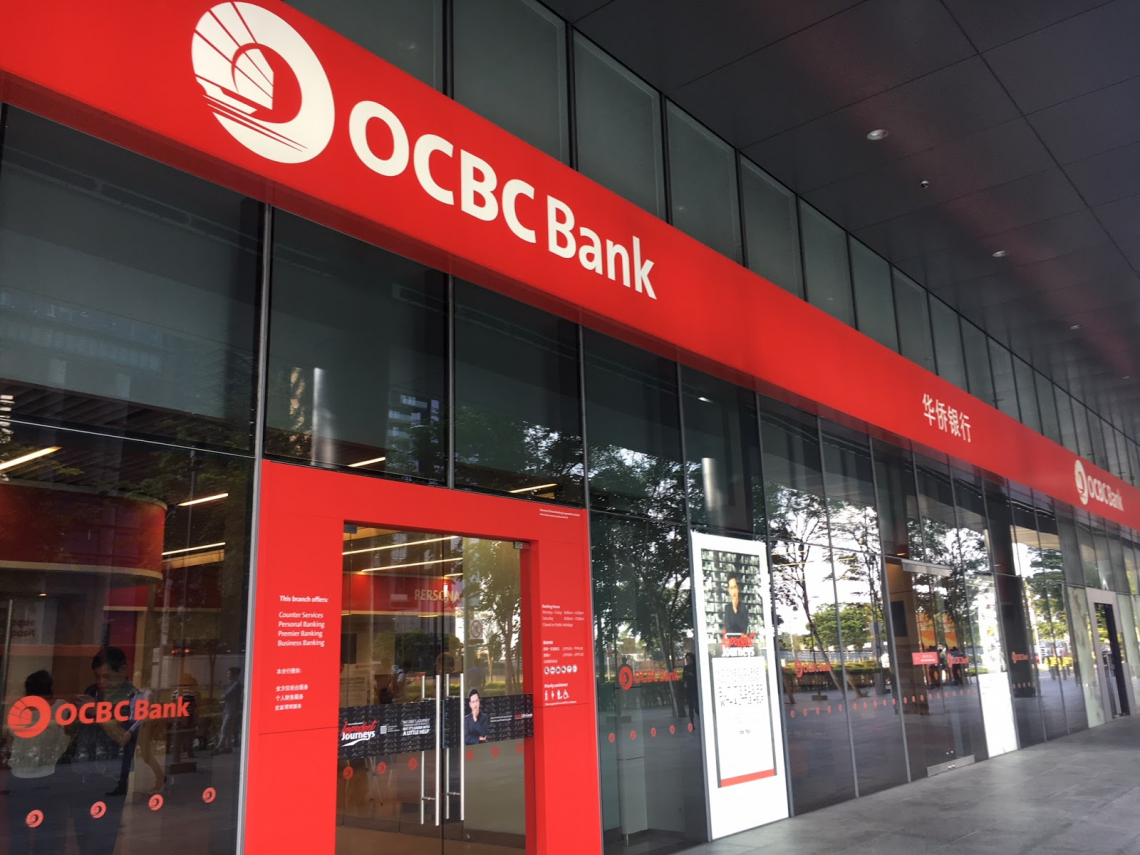
Market Cap: US$37B
Total Assets: US$387B
Total Revenue: US$7.4B
OCBC is the oldest established bank in Singapore, with an extensive history tracing back to 1912 (Chinese Commercial Bank).
The existing Oversea-Chinese Banking Corporation came about on 31 October 1932, when Tan Ean Kiam and famed businessman Lee Kong Chian spearheaded the merging of three banks: Chinese Commercial Bank, Ho Hong Bank, and Oversea-Chinese Bank.
In 1972, OCBC acquired Four Seas Communications Bank, the oldest surviving Chinese bank locally, and took upon the corporate identity of the OCBC Bank that we knew in 1989.
Other notable acquisitions include Keppel Capital Holdings and all its subsidiaries, where OCBC operationally and legally integrated Keppel TatLee Bank too.
It has the 2nd highest assets under management (AUM) after DBS Bank and is first within Southeast Asia in terms of sales.

Some of OCBC’s key subsidiaries include:
- Bank of Singapore
- She was formerly known as ING Asia Private Bank before its acquisition from ING Group.
- Mainly caters to High Net Worth Individuals (HNWIs) and wealthy families in Asia and other key international markets, with an increasing expansion into European markets.
- AUM stands at US$119 billion as of end-March 2022.
- The suite of services provided includes:
- Tailored wealth management
- Investment and lending services
- Financial analysis services (market research, sector coverage)
- Existing general banking functions (Built on the main bank’s system)
- Great Eastern Holdings
- Incorporated on 26 August 1908 and is the oldest and largest insurance company in Southeast Asia in terms of assets and market cap.
- Lion Global Investors (LGI)
- Established in 1986, its approach to investment management across various asset classes and themes has gained many accolades, such as the Best Institutional House in Singapore for the fourth consecutive year in 2021 from Asia Asset Management.
OCBC has also garnered various accolades, such as the ASEAN SME Bank of the Year, for over a decade. Not left behind in the digitization process, it has won numerous awards for digital excellence and ease of use in recent years.
3. United Overseas Bank (UOB)
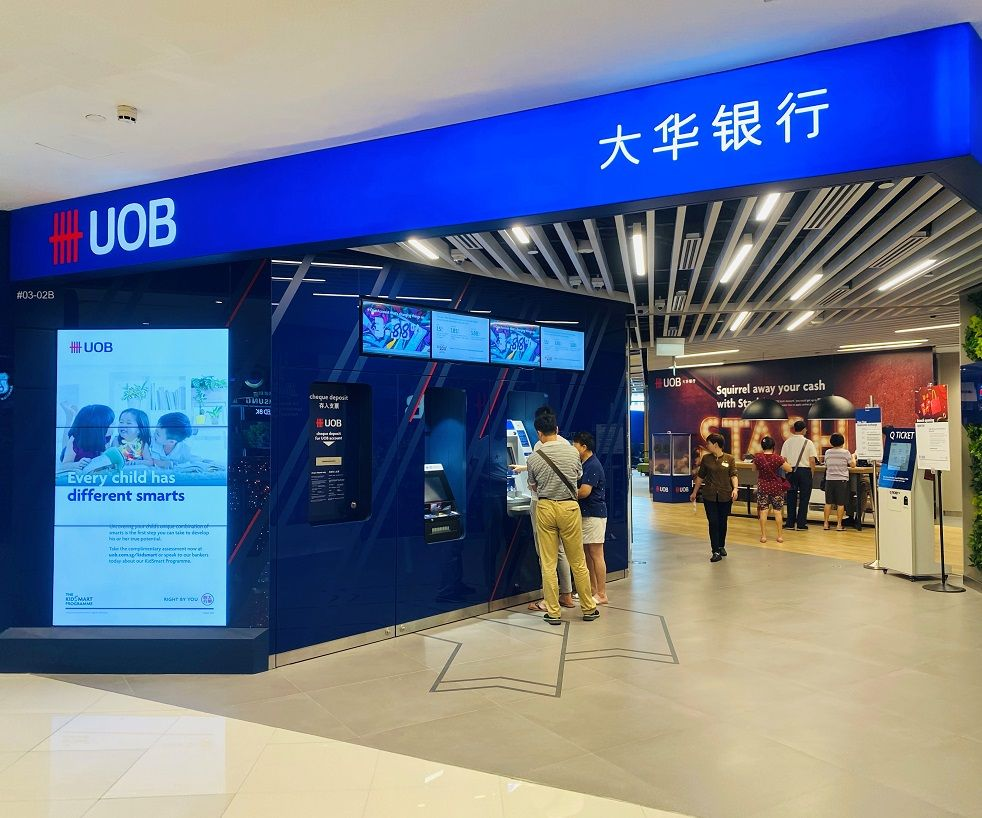
Market Cap: US$32.1B
Total Assets: US$328
Total Revenue: US$7B
Before being known as UOB, it was established by Malaysian businessman Wee Kheng Chiang and six other friends on 6 August 1935 after raising SG$1 million. The name also emphasized the relationships it had with Singapore’s Chinese population.
It was only in 1965 did the bank get renamed United Overseas Bank (Chinese name 大华银行有限公司 remained unchanged) to avoid duplication with another United Chinese Bank in Hong Kong (中国联合银行) as it opened its first overseas branch in Hong Kong.
Through a series of strategic acquisitions after getting publicly listed in 1970, it expanded its domestic presence in key overseas markets such as Brunei, Malaysia, Indonesia, Myanmar, Philippines, Thailand, and Vietnam.
A notable acquisition was the SG$10 billion bid for Overseas Union Bank (OUB) in 2001. When local banks came under pressure to consolidate in the early 2000s, OUB, the smallest of the “Big 4” local banks, became a good acquisition target.
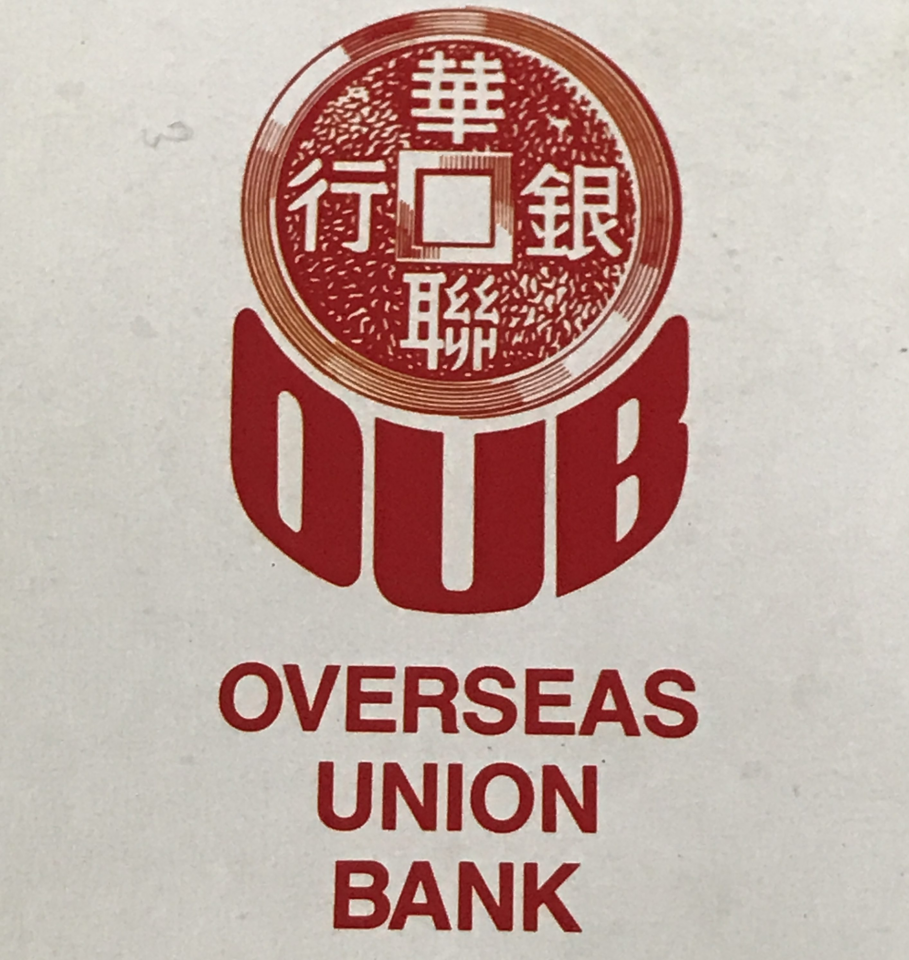
In June 2001, DBS made a hostile takeover bid of SG$9.4 billion for OUB. UOB competed with an SG$10 billion bid. It succeeded as it was seen as a friendly bid and gained the support of the OUB board, top management, and the founder and substantial shareholder, Lien Ying Chow.
This resulted in UOB being the largest local bank, with around SG$115 billion total assets. However, by the end of 2003, OUB was fully merged with UOB, and the OUB brand was no longer in use.
These days, it has 68 branches within S.G. and a network of more than 500 offices in 19 countries and territories in Asia Pacific, Western Europe, and North America.
It is also the 3rd largest bank in Southeast Asia regarding assets (after DBS and OCBC) and has garnered widespread acclamation and awards from reputable industry organizations.
Overseas Banks
With the liberalization of the banking industry in 2001, foreign banks were encouraged to set up locally. They are mainly categorized into the following:
- Full Banks (and Qualifying Full Banks)
- Wholesale Banks
- Merchant Banks
Due to the relaxation of anti-competition laws fairly later on to give local banks the time and space to develop, along with the strict regulations by MAS, foreign banks here do not operate on the same scale as S.G.’s local banks.
As such, certain well-known banks within Singapore differ heavily from their international counterparts. For example, JP Morgan Chase is one of the biggest banks in the world, with Chase being a household name, but that isn’t the case in S.G. as they don’t cater to normal retail clients.
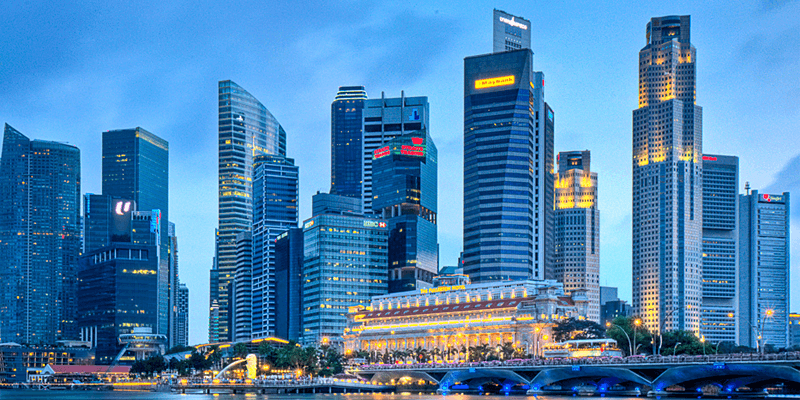
This is due to their full bank license, which restricts them in the number of bank branches and ATMs they provide. As such, just like many international banks, they tend to cater to select individuals (HNWIs, etc.) or corporations.
Goldman Sachs is one of the most well-known names globally as well and is a reputed investment bank. However, it does not provide common “banking” activities or hold a banking license. It instead possesses capital market and financial advisory licenses to carry out its services.
In the below paragraphs, we will come to understand more about the different types of banks out there and what differentiates them.
Full Banks
Although foreign banks with full bank licenses can also offer most commercial banking services to clients compared to local banks, they are restricted in terms of the number of branches and ATMs.

List of full banks in Singapore (20):
- Bangkok Bank Public Company Limited
- http://www.bbl.co.th
- +65 64100400
- 180 Cecil Street Bangkok Bank Building 069546
- Bank Of America, National Association
- http://www.bankofamerica.com
- +65 66780000
- 50 Collyer Quay #14-01 Our Bayfront 049321
- Bank Of India
- http://www.boi.com.sg
- +65 62220011
- 158 Cecil Street #01-01,#02-01 069545
- CIMB Bank Berhad
- http://www.cimb.com
- +65 63375115
- 30 Raffles Place #04-01 048622
- Citibank N.A.
- http://www.citibank.com.sg
- +65 62255225
- 8 Marina View #21-00 Asia Square Tower 1 018960
- Credit Agricole Corporate And Investment Bank
- http://www.ca-cib.com
- +65 65354988
- 168 Robinson Road #23-00 Capital Tower 068912
- HL Bank
- https://www.hlbank.com.sg
- +65 63498338
- 1 Wallich Street #29-01 Guoco Tower 078881
- Indian Bank
- http://www.indian-bank.com
- +65 65343511
- 3 Raffles Place Bharat Building 048617
- Indian Overseas Bank
- http://iob.com
- +65 62251100
- 64 Cecil Street Iob Building 049711
- JPMorgan Chase Bank, N.A.
- http://www.jpmorgan.com
- +65 68822888
- 88 Market Street, #30-00 Capitaspring 048948
- Malayan Banking Berhad
- http://www.maybank2u.com.sg
- +65 65352266
- 2 Battery Road Maybank Tower 049907
- Mizuho Bank, Ltd.
- +65 68052000
- 12 Marina View #08-01 Asia Square Tower 2 018961
- MUFG Bank, Ltd.
- http://www.bk.mufg.jp/global/
- +65 65383388
- 7 Straits View #23-01 Marina One East Tower 018936
- P.T. Bank Negara Indonesia (Persero) Tbk
- http://www.bni.co.id
- +65 62257755
- 30 Cecil Street, #01-01 & #17-01/08 Prudential Tower, Singapore 049712
- RHB Bank Berhad
- +65 62253111
- 90 Cecil Street 069531
- Sumitomo Mitsui Banking Corporation
- http://www.smbc.co.jp/global
- +65 68820000
- 3 Temasek Avenue #06-01 Centennial Tower 039190
- The Bank Of East Asia Limited
- http://www.hkbea.com.sg
- +65 66027702
- 60 Robinson Road Bea Building 068892
- The Hongkong And Shanghai Banking Corporation Limited
- http://www.hsbc.com.sg
- 1800-HSBC NOW (4722 669)
- 10 Marina Boulevard Marina Bay Financial Centre Tower 2 #48-01 018983
- Trust Bank Singapore Limited
- +65 31387878
- 77 Robinson Road #25-00 Robinson 77 068896
- UCO Bank
- http://www.ucobank.com
- +65 65325944
- 3 Raffles Place #01-01 Bharat Building 048617
Qualifying Full Bank
Qualifying Full Bank (QFB) licenses were also awarded to select banks, allowing them to operate more branches/ATMs in Singapore, share an ATM network, and additional banking services.
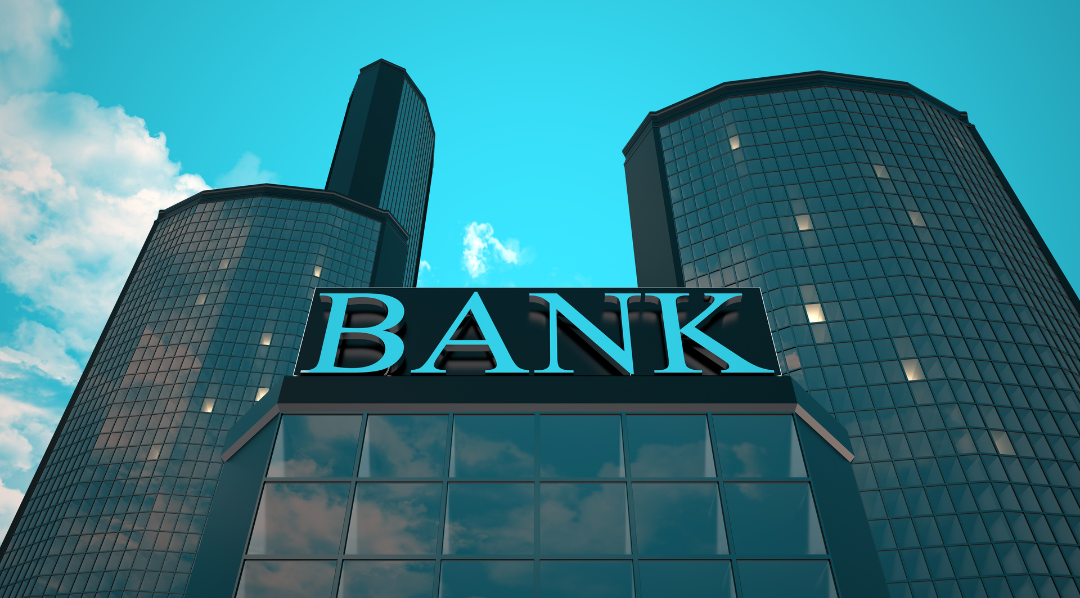
Aside from the QFBs awarded under the banking liberalization program, QFBs are now awarded solely under free trade agreements (FTAs) from 2012 onwards.
Key notable QFBs include Standard Chartered, Citibank, HSBC, Bank of China, and Maybank, due to their scale of operations and lasting history locally since their establishment.
Starting from 20 October 1999, a total of 10 licenses were awarded:
- Bank Of China Limited
- +65 65352411
- 4 Battery Road Bank Of China Building 049908
- BNP Paribas
- http://www.bnpparibas.com.sg
- +65 62101288
- 20 Collyer Quay #01-01 049319
- China Construction Bank Corporation
- +65 65358133
- 9, Raffles Place #39-01 Republic Plaza 048619
- Citibank Singapore Limited
- +65 62255225
- 8 Marina View Level 21 Asia Square Tower 1 018960
- HSBC Bank (Singapore) Limited
- 1800 4722 669
- 10 Marina Boulevard Marina Bay Financial Center Tower 2, #48-01 018983
- ICICI Bank Limited
- http://www.icicibank.com
- +65 67239288
- 9 Raffles Place #50-01 Republic Plaza 048619
- Industrial And Commercial Bank Of China Limited
- http://www.icbc.com.cn/new-branch/xjp/index.htm
- +65 65381066
- 6 Raffles Quay #12-01 048580
- Maybank Singapore Limited
- +65 66292265
- 2 Battery Road #01-01 Maybank Tower 049907
- Standard Chartered Bank (Singapore) Limited
- +65 65968888
- 8 Marina Boulevard #27-01 Marina Bay Financial Center Tower 1 018981
- State Bank Of India
- https://sg.statebank
- +65 62222033
- 80 Robinson Road #27-01 068898
Wholesale and Merchant Banks
- Wholesale Banks
Wholesale banks are fairly similar to full banks, being able to offer a full suite of banking services to clients, such as financing, mergers & acquisitions, and financial advice. It provides a direct contrast to retail banking, which focuses on everyday clients and small businesses.
The main difference between wholesale banks and full banks is that wholesale banks do not carry out banking activities denominated/involving SGD and are prohibited from engaging in non-financial activities.
Examples: National Australia Bank Limited, Barclays Bank, ING Bank, and BNP Paribas.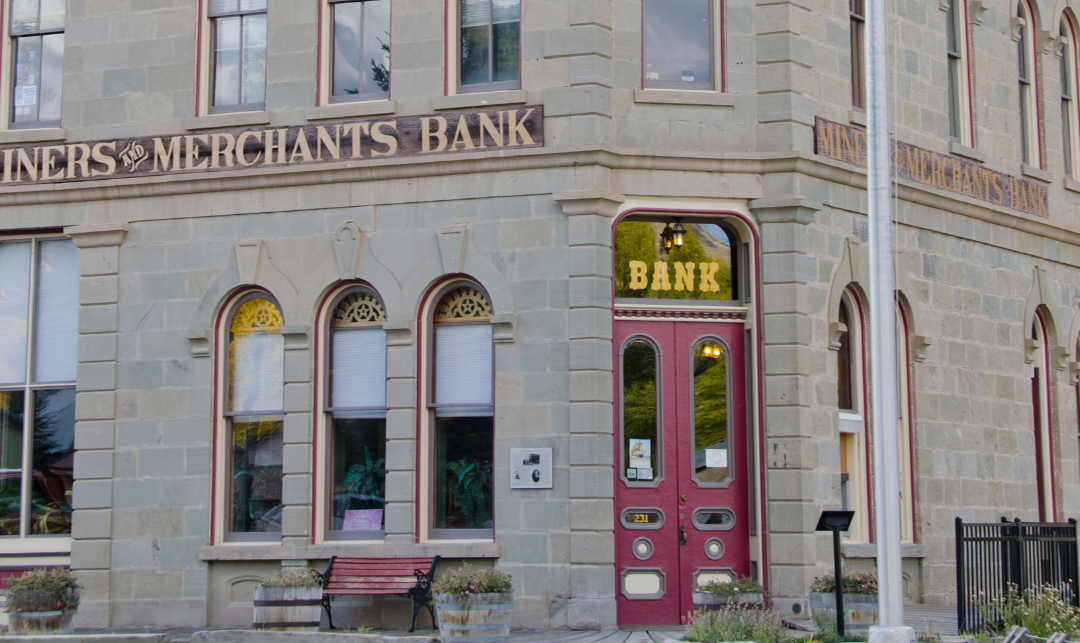
- Merchant Banks
They engage in a range of activities, such as portfolio management, underwriting for loans, insurance, and public offerings, amongst others.
The key difference is that they do not accept deposits and borrowing from the general public except banks, finance companies, and shareholders. This came into effect on 1 July 2021, when the Banking Act consolidated the licensing and regulation of merchant banks.
As such, the scope of activities a merchant bank may undertake is narrower than that of licensed full banks and wholesale banks, and as such, they are not as prevalent or known by the general population.
Examples: Credit Suisse (Singapore) Limited, Lombard Odier, Bordier & CIE (Singapore) Limited, and Nomura Singapore Limited.
Digital Banks
In early 2020, MAS announced that it had granted digital banking licenses to four companies, and operations will commence in 2022.
This was to further liberalize the financial sector, as well as embrace and propagate FinTech to keep pace with the rapidly digitizing world.
- Types of Digital Banks
As of now, there are two types of digital banks: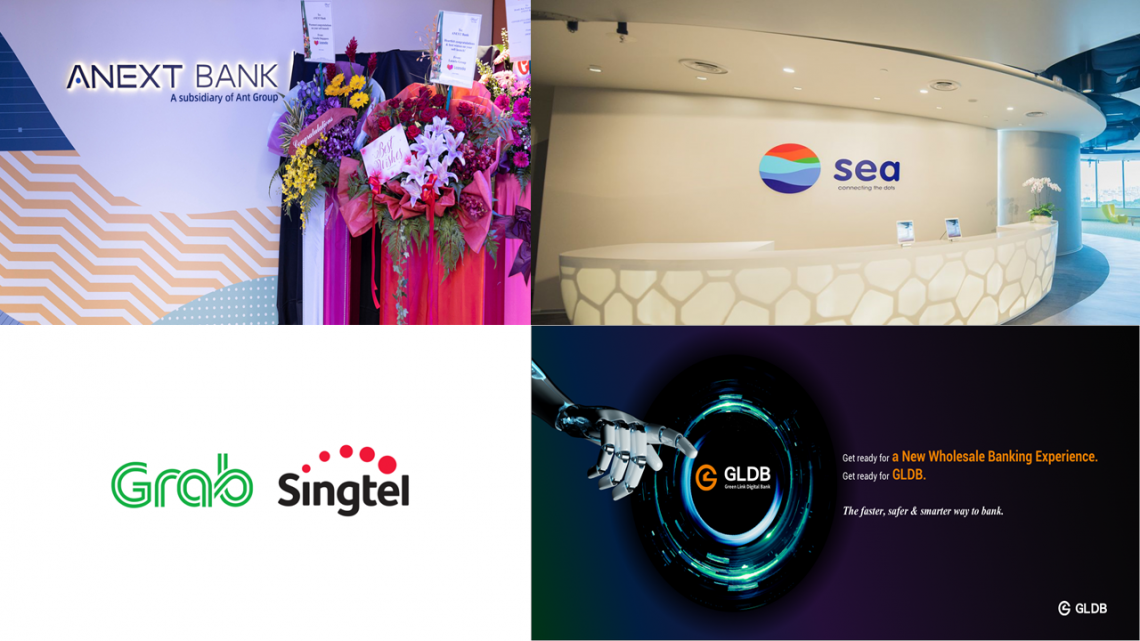
- Digital Full Banks (DFB)
DFBs will provide various financial services, from loans to investment products, and take deposits from retail customers.
The two latest entities for DFB are the Grab-Singtel consortium and Sea Limited. - Digital Wholesale Banks (DWB)
DWBs can serve small and medium enterprises (SMEs) with non-retail banking services. They will focus on helping SMEs and other non-retail segments with financing and other various needs.
Two examples for DWB include Ant Group, which is targeting cross-border operations for growth and global expansion, and a consortium comprising Greenland Financial Holdings, Linklogis Hong Kong, and Beijing Co-operative Equity Investment Fund Management.
With a plan to issue up to three DWB licenses, the existing two would be used as a pilot program to determine if more licenses should be issued.
- Digital Full Banks (DFB)
Impact of Digital Banks
With the entrance of such digital banks, it will also spur the incumbents to consistently improve their services, as such competition is always good for consumers.
With the focus on a streamlined digital experience, both individuals and SMEs stand to benefit from a more tailored suite of services that can be easily accessed on their phones.
A purely digital model also aids in cost savings from the lack of physical branches that can potentially pass down cost savings to consumers.

The stringent guidelines set by the MAS also ensure the quality of the firms selected, and there will also be an independent review board to track how the new entrants are performing.
The transparency behind their decision-making processes regarding which firm was selected can also assure the public that proper due diligence was done and that it’s an open and fair process that aims to bring about the most benefits to them.




or Want to Sign up with your social account?